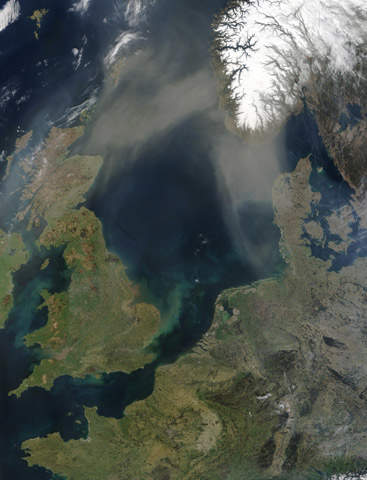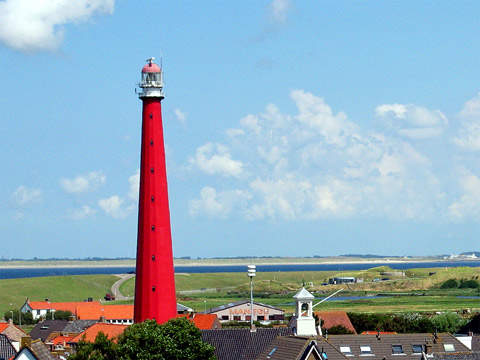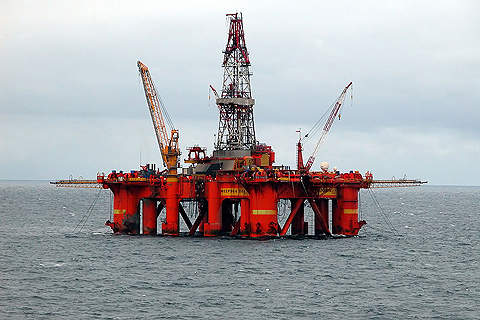The L8-D field is located 50km from the port of Den Helder in the Dutch North Sea. The field was discovered in 2004 by well L8-16x at a water depth of 27m. It is spread over 37km² in L8a, L8b and L11b blocks.
The L8 field is owned by Cirrus (25.479%), TAQA Offshore (15%), TAQA Licenses Offshore (2.88%, acquired from DSM Energy in 2009), Energy-06 Investments (1.341%), EWE (13.4%) and EBN (41.9%). It is operated by Cirrus Energy Nederland.
In 2007, Cirrus acquired a stake from Wintershall in the L8-D field that formed part of the L8a (40%) and L8b (25%) licences. Subsequently, it acquired a 25% stake from PetroCanada that might have been covered in the L8b licence. In September 2008, the company took over Chevron’s 48% stake that formed a part of the L11b licence.
A unit agreement was later signed by the partners to operate the field jointly.
The field’s production started in October 2009 from well L11-A06. The field initially produced gas at a rate of 32.8mscf per day against the tested production rate of 37.3mscf per day.
L8-D reserves
GLJ Petroleum Consultants evaluated the reserves and gas initially in place (GIIP) for the field with effect from April 2009.
The L8-D field was found to be a common gas-water charged structure. GLJ estimated its gross reserves to be 323bcf.
Of the total reserves, Cirrus will hold an interest of 82bcf in addition to the 37.8bcf that it already holds in the Netherlands.
Block geology
The L8-D field is comprised of a fault block of an Upper Slochteren Formation Sandstone reservoir from the Permian Age. The reservoir contains three sand units.
L8 wells
The discovery well L8-16x was drilled in 2004 in the L11a licence area. The well was tested at a depth of 3,850m at a rate of 16mmcf per day. The appraisal well L11b-A06 (previously known as L11-13) tested natural gas in February 2009. The well was drilled to a depth of 5,400m using platform L11b-A. The first gas from the well was produced on 4 October 2009.
The well was initially tested at a maximum rate of 30.6mscf per day, however, its production rate fell to 12mscf per day by January 2010 and to 8mscf per day by March. The likely reason given for the rapid production decline is the compartmentalisation of the reservoir.
Drilling of well L11b-A07 was fraught with difficulties. The rig Noble Lynda Bossler drilled the well up to a depth of 5,840m when it was decided to sidetrack the well due to operational difficulties in the reservoir. It was decided to drill another hole, which began in December 2009, but was subsequently suspended due to casing problems. A total of Є35m was spent on the well.
L11b-A07Z will be the third well drilled in the field. The well is being redesigned to have a high angle for better recoveries. The upper section of L11b-A07 is likely to be used by this well.
L11b-A07Z is expected to be drilled by the end of 2010 with production is planned in 2011.
L8-D production
As of May 2010, L11b-A06 is L8-D’s only producing well and covers the southern part of the field. The well’s cumulative production between October 2009 and March 2010 was 2.1bcf. The well is currently producing at a rate of 8mscf per day.
Field testing found that production from the three sand units were as expected. However, the well’s production rates on the L8-D field were found to be variable.
Production platform
Production platform L11b-A is operated by TAQA. The L8-D field partners acquired the platform from Chevron in August 2009, along with a 15% interest in the field and a pipeline connecting the Noordgastransport (NGT) pipeline.
The platform was modified after the acquisition. DSE Oil & Gas undertook the modification works and supplied onshore and offshore controls and electrical equipment.
The L11b-A platform was used to drill L11b-A06 and the suspended L11b-A07. The third well, L11b-A07Z, is also to be drilled using the same platform.
Drilling rig
Noble Lynda Bossler is the jack-up rig used for drilling well L11b-A07. It has also been contracted to drill L11b-A07z.
The rig is owned by Noble Drilling and was built in 1982 at CNIM, La Seine sur Mer, France. The rig has a water depth of 250ft and can drill up to a depth of 25,000ft. It has quarters to accommodate 80 offshore personnel. The rig is installed with two cranes.




